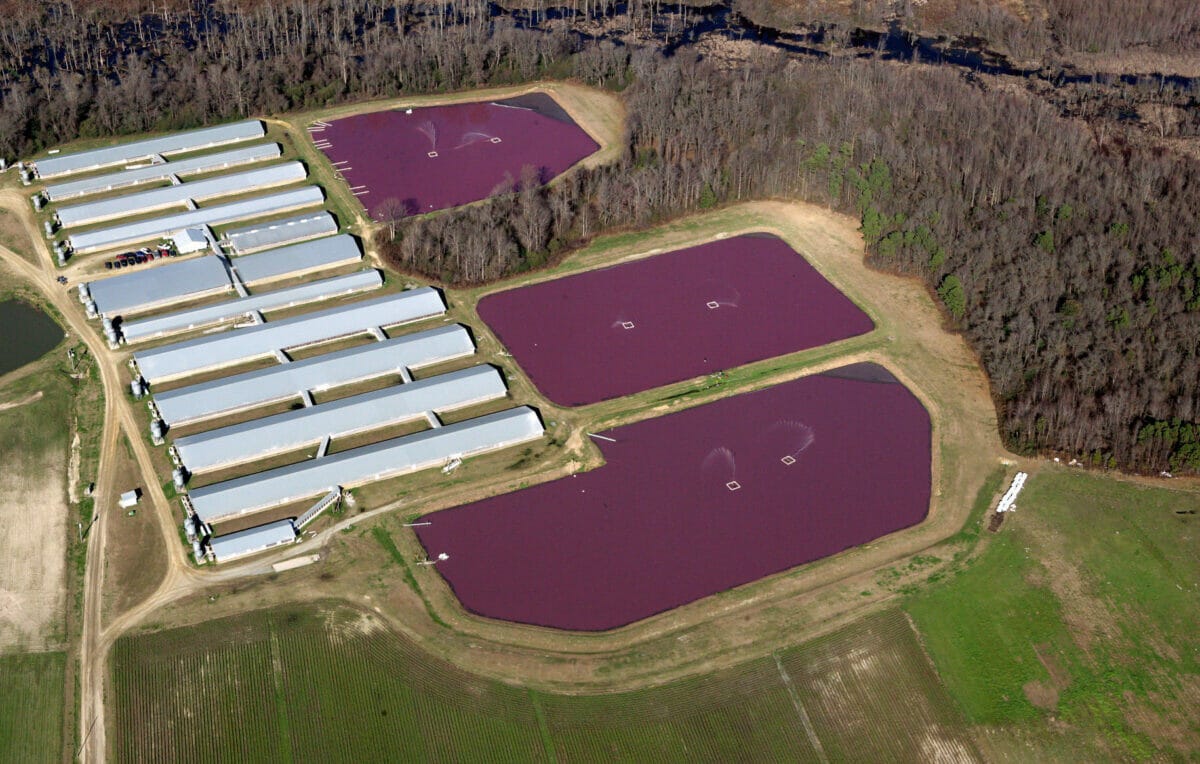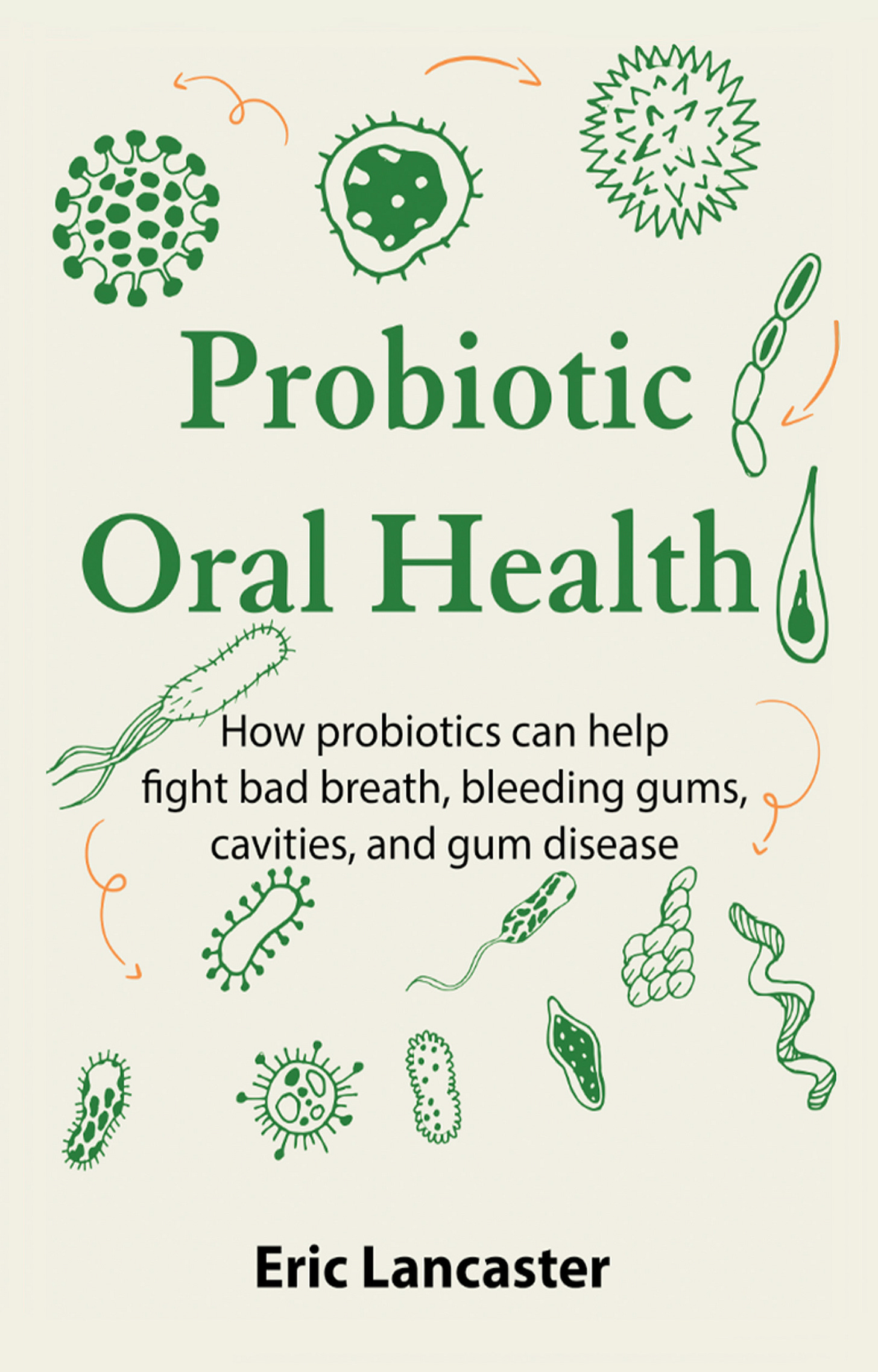Photosynthetic Bacteria, Purple Non-Sulfur Bacteria (PNSB)
Photosynthetic Bacteria Applications in agriculture
What are they?
Photosynthetic bacteria (PNSB) are probably the most amazing microorganisms on the planet. While all other microbes can grow either with air or without air, PNSBs can change their metabolism to live in either environment. They can also use light as a food source, or in the absence of light; they can use organic acids as a food source. These bacteria are called Purple Non-sulfur Bacteria, or PNSBs. They have a deep purple color and use nitrogen and sulfur as food sources. These bacteria are mostly known for producing a red-purple color of water in wastewater treatment, especially in large ponds known as lagoons. See the picture of the hog lagoons below.
Photo from: https://modernfarmer.com/2022/02/hog-waste-lagoons-epa-investigation-nc/
Why are they important?
There are three main nutrients used in agriculture. They are known as “macronutrients” for a few reasons. They are the most predominant nutrients used by plants and are found throughout plants. These nutrients are Nitrogen (N), Phosphorus (P), and Potassium (K), often referred to as NPK. All three of these nutrients are applied annually based on soil analysis results and the type of crop being planted. There are natural forms of these nutrients, often found in the waste products of animals, including urine and manure. The first synthetic forms of nutrients were created in the early 1900s. “In about 1913, Fritz Haber developed a method for producing ammonia from nitrogen and hydrogen, which could be used to manufacture artificial fertilizer.” (NobelPrize.org, 2023)
In crop production, these microbes can fix nitrogen through their nitrogenase enzymes, replacing the need for several pounds per acre. (Maeda, 2022)
Phosphorus, another widely used nutrient that is associated with various forms of pollution, including algae blooms, is regularly over-applied on farmland. Of the many pounds of P added per acre, only 10% to 20% are used by the plant. The rest is attached to other materials, such as clay, and not used by the plants. However, PNSBs are able to fix the excess P and make it available to plants.
“As a result, many agricultural soils are phosphorus-saturated, creating a phosphorus reservoir (Tóth et al., 2014) that shall be exploited. An approach to valorize this reservoir is the application of phosphate-solubilizing microorganisms (Qian et al., 2010). These microorganisms, typically including Pseudomonas sp. and Bacillus sp. (Sharma et al., 2013), can render soil-bound phosphorus soluble and available to the plants, lowering the need for synthetic fertilizers.” (Sakarita et al., 2019)
This means for two of the most heavily applied fertilizers, applications of PNSB would dramatically increase the efficiency of these nutrients and even show the potential of “mining” the soils for the excess amounts that have been “locked up” with other elements in the soil.
PNSBs also produce IAA, an auxin that “stimulates seed germination and root formation; enhances vegetative growth and fructification; improves photosynthesis, biosynthesis of compounds such as pigments and metabolites; and is responsible for coordinating the plant growth under stress conditions (Tsavkelova et al., 2006; Kazan, 2013; Wani et al., 2016). Research has shown that IAA aids in the plant adaptation to salinity stress, and enhances the root and shoot growth under salinity and heavy metal stress (Sheng and Xia, 2006; Egamberdieva, 2009; Iqbal and Ashraf, 2010; Fahad et al., 2015).”(Sakarita et al., 2019)
There are many more benefits of PNSBs, including Greenhouse Gas (GHG) sequestration, ATP synthesis (which provides energy to plants (and animals), stress resistance, salt tolerance, heavy metal bioremediation, and more. Inoculating with microbes will not completely replace plant nutrient requirements but will dramatically reduce them. However, several practices in agriculture inhibit microbes (bacteria and fungi). I will cover them in future posts.
How can you use them?
PNSBs are found in all soil and water. They are ubiquitous. Several companies today are selling inoculants containing photosynthetic (aka Phototrophic) bacteria. Look for species like Rhodopseudomonas plaustrus, Rhospseudomonas capsulatus, and Rhodobacter spheroides. These inoculants are added to irrigation water, hose end sprayers, watering cans, etc. Applications of these inoculants are usually done on a weekly basis to keep populations high.
A Science Experiement
If you are interested in playing around with these bacteria, you can try making a Winogradsky column. Years ago, when I was in college, we made these in one of my science classes. We used pond water to make it. During the semester, we watched them grow and turn all sorts of colors. The reddish-purple ones are the microbe mentioned in this article.
Resources
Maeda I. Potential of Phototrophic Purple Nonsulfur Bacteria to Fix Nitrogen in Rice Fields. Microorganisms. 2022; 10(1):28. https://doi.org/10.3390/microorganisms10010028
Fritz Haber – Facts. NobelPrize.org. Nobel Prize Outreach AB 2023. Mon. 20 Mar 2023. <https://www.nobelprize.org/prizes/chemistry/1918/haber/facts/>
Sakarika, Myrsini , Janne Spanoghe, Yixing Sui, Eva Wambacq, Oliver Grunert, Geert Haesaert, Marc Spiller, Siegfried E. Vlaeminck. Purple non-sulfur bacteria and plant production: benefits for fertilization, stress resistance and the environment. August 21, 2019. https://doi.org/10.1111/1751-7915.13474
Please check out my book, Probiotic Oral Health, on Amazon.com. Available in Kindle and Print formats.





